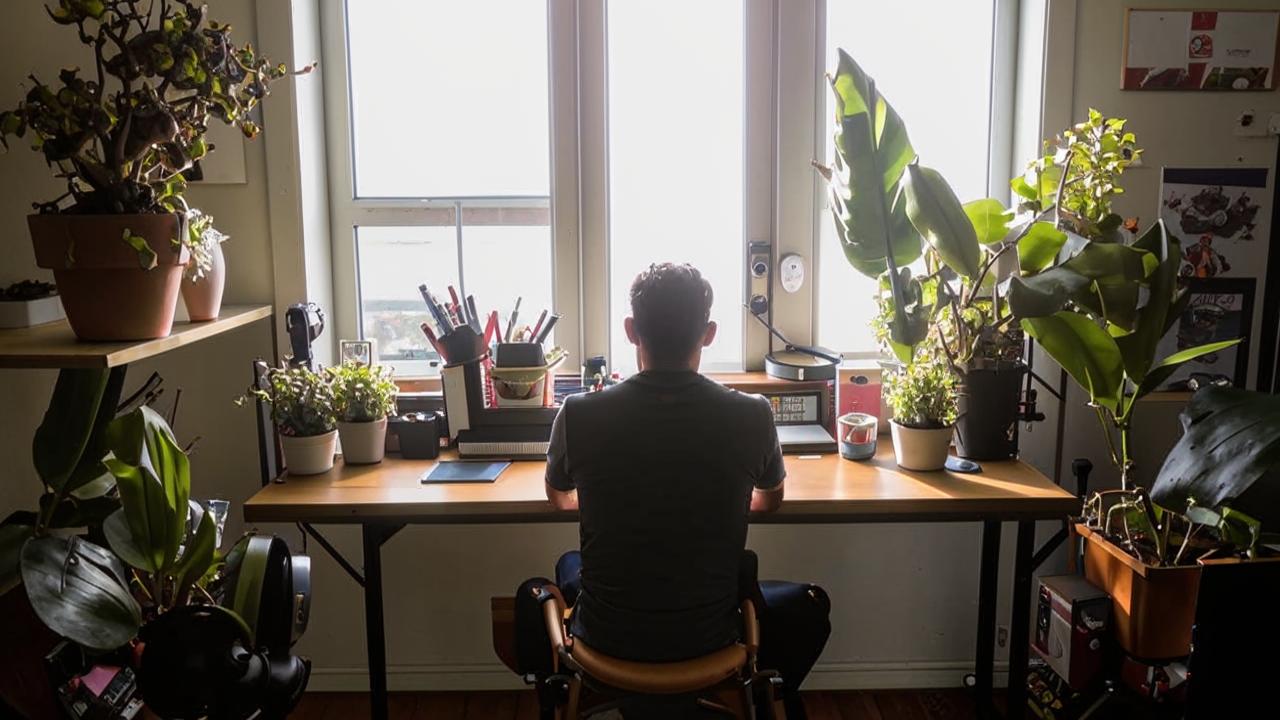Although men and women have similar bone and joint structures, there are still certain differences and peculiarities in the structure of their bodies. These can affect the general condition and health of the musculoskeletal system.

Orthopedic traumatologist at the Medical On Group clinic in Odintsovo
“Differences in anatomy between men and women can have an impact on orthopedic problems. For example, the broad shoulders of the former and the broader pelvic bones of the latter can affect the structure of the spine and cause different types of injuries and diseases.”
For example, there is a gender predisposition to knee injuries in women. The main factor is anatomical features that make their skeletal bones shorter, thinner and prone to brittleness. This is why they are more prone to knee injuries than men.
What men should not do while standing
Men should not stand for long periods of time. Working at work or in environments that require standing for long periods of time can overload joints and muscles.

For example, standing in a certain posture for a long time – improper body balance or foot placement – can provoke back and leg pain. Therefore, you should take breaks and give your muscles and bones a rest.
What women should not do in a sitting position
Women who spend a lot of time sitting should avoid crossing their legs and postures that put extra stress on the spine. For example, if they sit at a computer, they are advised to watch their posture and change their body position frequently to avoid strain on their back and neck.

Women’s joints, although highly flexible, have some anatomical features that increase the likelihood of injury. They have a wider pelvic area and a lower center of gravity, which contributes to stability in exercise.
However, due to certain properties of their bodies, such as the parameters of the knee joint and the attachment of the anterior cruciate ligament to the femur, female patients have an increased risk of injury.
Non-contact knee injuries, including ligamentous injuries, most commonly occur in gyms. In order to prevent them, it is recommended to take preventive measures, such as limiting the load on the lower limbs, using stabilizing bandages and kinesiotapes.
General recommendations for both sexes
It is important to avoid prolonged inactivity in the same position. It is recommended to regularly change the position of the body and do exercises to stretch and strengthen the muscles.

For example, stretch your legs periodically, do exercises for the back and neck even while working at the computer. And when standing, you should avoid shifting your weight to one leg or standing in one place for long periods of time without moving.
From a podiatrist’s point of view, sitting posture with one leg over the other can have different effects on men and women because of differences in body structure.
Men:
- they may have wider hips and bone structures, which can make this pose more difficult;
- this position can lead to an uneven distribution of weight on the pelvic bones and joints, which in turn increases the risk of developing muscle imbalances and pressure on nerves.

Women:
- They have wide pelvic bones, which is due to the physiology of their reproductive system. Therefore, a sitting posture with a leg over leg may be more natural for them;
- however, some studies indicate that prolonged sitting with a leg over the leg may increase pressure on nerves and blood vessels in the hips and pelvis, leading to discomfort and an increased risk of developing pain syndromes and even injuries.
Prolonged sitting in the same posture for both men and women contributes to poor circulation, muscle weakness and nerve compression. Therefore, it is recommended to change body position regularly and take breaks for stretching and warming up.





